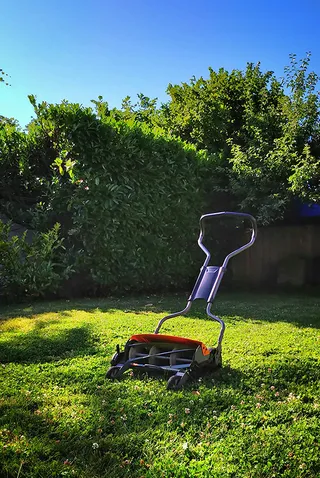Every gardener knows that having the right tools can make or break a project. Whether you’re planting new flowers, pruning trees, or maintaining a vegetable garden, the right equipment will not only save you time but also improve the results of your hard work. But with so many options available, how do you choose the best tools for the job?
In this guide, we’ll help you break down the process of selecting the right garden tools based on your needs, and explain how renting tools can be a smart option for tackling specific projects.
1. Assess the Scope of the Job
Before choosing a tool, it’s important to consider the specific needs of the job. Are you working in a small backyard garden or managing a large landscape? Do you need to dig, prune, plant, or maintain? Understanding the scope of your task helps you pick the right equipment for efficiency and effectiveness.
• Small Projects: For light pruning, weeding, or planting in small spaces, hand tools like trowels, pruning shears, and hand weeders are ideal.
• Large Projects: If you’re working on a large garden bed, trimming trees, or tilling soil, larger tools like hedge trimmers, tillers, and aerators are more suitable.
2. Consider Your Garden’s Layout
The layout of your garden can influence the tools you need. For instance, tight corners and narrow flower beds may require smaller, more precise equipment. Conversely, open lawns or large vegetable patches might call for heavy-duty tools.
• For Tight Spaces: Opt for tools with shorter handles and more precision, such as a short-handled garden hoe or hand pruners.
• For Large Areas: A wheelbarrow, long-handled rake, or power tiller can cover ground quickly and efficiently, reducing the effort needed for big spaces.
3. Match the Tool to Your Skill Level
It’s essential to choose tools that are easy for you to use. While advanced gardeners may be comfortable with high-powered equipment, beginners might prefer simpler, more user-friendly tools. You don’t want to struggle with a tool that is too heavy or complicated for the task at hand.
• Beginner-Friendly Tools: Lightweight hand tools like garden trowels, small shovels, and manual pruners are great for those new to gardening.
• Advanced Tools: For experienced gardeners tackling bigger tasks, power tools like hedge trimmers, chain saws, and lawn aerators can speed up the process.
4. Focus on Quality and Durability
When selecting garden tools, quality matters. High-quality tools not only last longer but also perform better, giving you cleaner cuts, deeper digs, and a smoother experience. Look for tools made from durable materials like stainless steel, carbon steel, or fiberglass handles that provide long-term use without frequent replacements.
• High-Quality Hand Tools: Stainless steel hand pruners, weeding knives, and trowels are durable, rust-resistant, and provide better results.
• Power Tools: When renting power tools like leaf blowers, chainsaws, or rototillers, ensure they come from reputable brands and are well-maintained, which is where renting from a trusted service pays off.
5. Comfort and Ergonomics Matter
Gardening can be tough on your hands and back, especially when working on larger projects. Choosing ergonomically designed tools can make a big difference in reducing strain and improving comfort while you work.
• Ergonomic Hand Tools: Tools with padded grips or specially designed handles reduce the risk of blisters and fatigue. Look for ergonomic pruners, garden forks, and hand weeding tools.
• Larger Tools: Consider adjustable rakes or shovels with longer handles to reduce the need for bending and stooping.
6. Rent vs. Buy: Which Is Best?
For many gardeners, renting tools is a practical and cost-effective option, especially for specialized equipment that may only be needed occasionally. If you’re only going to use a tool once or twice a year, renting can save you both money and storage space. Here’s how to decide:
• Buy if: You will use the tool frequently, such as basic tools like pruners, trowels, and gloves. These are affordable and worth the investment.
• Rent if: The tool is expensive or for a one-time project. For example, renting a rototiller or post hole digger makes sense for prepping large beds or installing a fence. Renting also ensures you get top-quality, well-maintained equipment without the headache of storing or maintaining it yourself.
At [Your Business Name], we offer a wide range of garden tools for rent, ensuring you have access to the right tool without the long-term cost or hassle.
7. Ask for Expert Advice
Still unsure which tool is best for the job? Our knowledgeable team at [Your Business Name] is here to help! We can recommend the right equipment based on the specifics of your project, garden size, and skill level.
Final Thoughts
Choosing the right garden tools doesn’t have to be overwhelming. By considering the size of your garden, the nature of the task, and your comfort, you can select tools that make your gardening experience more enjoyable and productive. Renting tools from [Your Business Name] is an excellent option for getting the job done without the cost and hassle of buying expensive equipment.
Ready to take your garden to the next level? Contact us today and let us help you find the perfect tools for your summer gardening projects!

